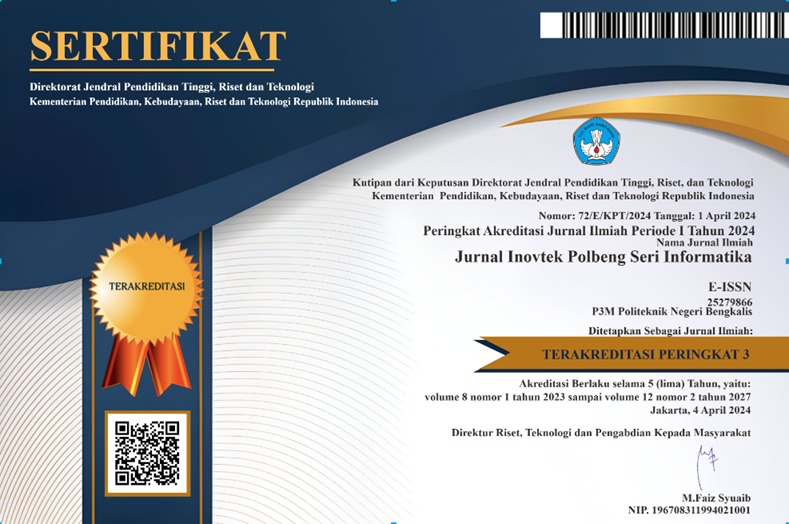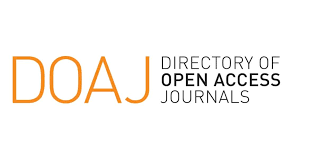Classification of Rlderly Health Using K-Nearest Neighbor Comparison, Naive Bayes and Decision Tree
DOI:
https://doi.org/10.35314/2q4a1524Keywords:
Elderly Nutrition, K-NN, Naïve Bayes, Decision TreeAbstract
Health and nutrition in the elderly play a crucial role in determining the quality of human resources, especially for the elderly themselves. The ageing process causes a decrease in the ability of body tissues to regenerate, making the elderly more vulnerable to infections and organ damage. Indonesia is currently experiencing an increase in the number of elderly, from 18 million people (7.56%) in 2010 to 25.9 million people (9.7%) in 2019, and is predicted to reach 48.2 million people (15.77%) in 2035. This study aims to determine the most effective algorithm for identifying the nutritional status of the elderly, by comparing three algorithms, namely Decision Tree, K-Nearest Neighbor (KNN), and Naïve Bayes. The methodology applied is CRISP-DM, and algorithm performance evaluation is carried out using the accuracy metric of the Confusion Matrix. The results showed that Decision Tree achieved the highest accuracy (95.55%), followed by Naïve Bayes (94.18%) and KNN (94.01%). The combination of algorithms provides optimal results because each algorithm can capture different patterns in the data, so the integration of the results can reduce errors and increase accuracy in the classification of the nutritional status of the elderly.
Downloads
Downloads
Published
Issue
Section
License
Copyright (c) 2025 INOVTEK Polbeng - Seri Informatika

This work is licensed under a Creative Commons Attribution-NonCommercial-ShareAlike 4.0 International License.













